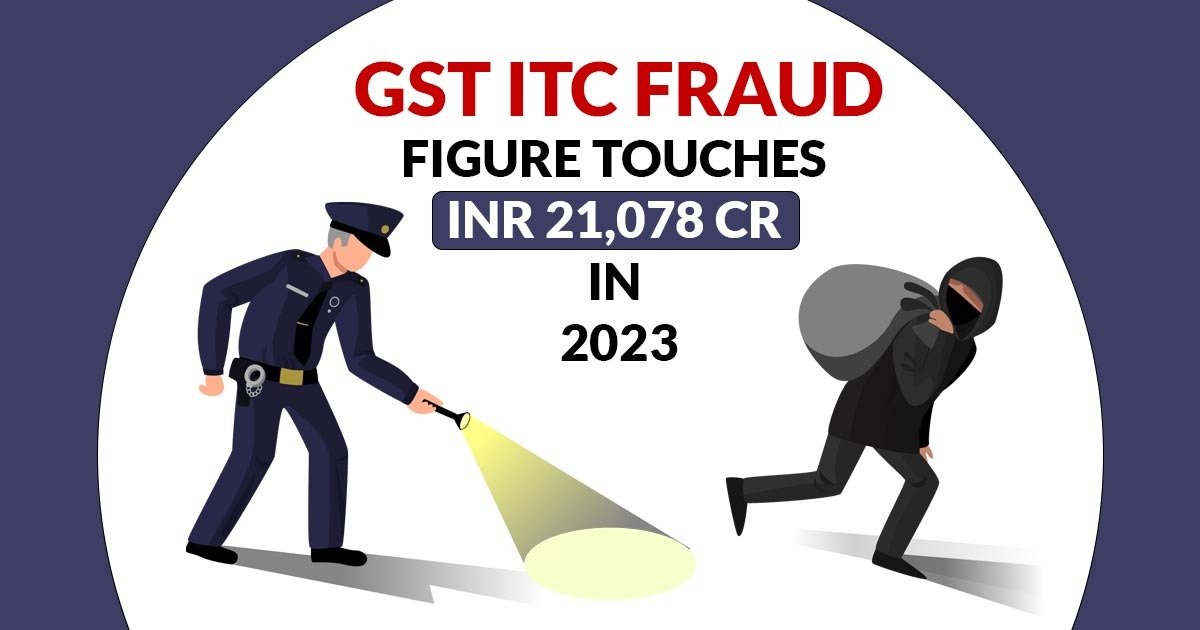Ranjana Pandya, J.@mdashHeard learned counsel for the revisionist and learned AGA for the State.
This revision has been preferred against the order dated 10.6.2014 passed by the Additional Session Judge, Court No. 16, Muzaffar Nagar in Sessions Trial No. 313 of 2012.
Brief facts of the case are that the prosecution moved an application u/s 319 Cr.P.C. stating that on 17.10.2011 at 9.30 a.m. Sanas Pal and Kunwar Pal resident of village Kukada were pealing sugarcane in the field of Sohanveer, suddenly from the adjoining field of sugarcane. Krishan Pal and his sons Amit and Anit accompanied by one unknown person came and they were armed with country made pistol. These people used abusive language and suddenly Krishan Pal, Amit and Anit with intention to kill fired at Sanas Pal, who sustained fire arm injuries. Sanas Pal got injured and fell down. Kunwar Pal tried to save, his son, then Krishan Pal assaulted Kunwar Pal with lathi and dandas. He also sustained injuries. An FIR was lodged. In the statement recorded before the lower Court PW-1 Amar Pal and PW-2 Sanas Pal have categorically stated that Krishan Pal, Amit and Anit had opened fire. Consequently, the trial Court summoned the accused Amit u/s 319 Cr.P.C. for offence under Sections 307/34, 504 and 506 IPC.
Learned counsel for the revisionist has placed reliance upon the judgment in
2. Perusal of the documents on record shows that the accused Amit was named in the FIR and PW-1 Amar Pal and PW-2 Sanas Pal have also stated in the statement that besides Amit Pal, Anit sons of Krishan Pal also opened fire at him.
The law laid down by the Hon''ble Apex Court in
3. In the present case, accused has also been named in the FIR and he has been named in the statement of witnesses also.
4. The legislature cannot be presumed to have imagined all the circumstances and, therefore, it is the duty of the Court to give full effect to the words used by the Legislature so as to encompass any situation which the Court may have to tackle while proceeding to try and offence and not allow a person who deserves to be tried to go scot free by being not arraigned in the trial inspite of possibility of his complicity which can be gathered from the documents presented by the prosecution.
Section 319 Cr.P.C. runs as follows:
319, Cr.P.C- Power to proceed against other persons appearing to be guilty of offence.
(1) Where in the course of any inquiry into, or trial of, an offence, it appears from the evidence that any person not being the accused has committed any offence for which such person could be tried together with the accused, the Court may proceed against such person for the offence which he appears to have committed.
(2) Where such person is not attending the Court, he may be arrested or summoned, as the circumstances of the case may require, for the purpose aforesaid.
(3) Any person attending the Court, although not under arrest or upon a summons, may be detained by such Court for the purpose of the inquiry into, or trial of, the offence which he appears to have committed.
(4) Where the Court proceeds against any person under sub-section (1), then-
(a) the proceedings in respect of such person shall be commenced afresh, and the witnesses re-heard;
(b) subject to the provisions of Clause (a), the case may proceed as if such person had been an accused person when the Court took cognizance of the offence upon which the inquiry or trial was commenced.
5. Section 319 Cr.P.C. springs out of the doctrine judex damnatur cum nocens absolvitur (Judge is condemned when guilty is acquitted) and this doctrine must be used as a beacon light while explaining the ambit and the spirit underlying the enactment of Section 319 Cr.P.C.
6. It is the duty of the Court to do justice by punishing the real culprit. Where the investigating agency for any reason does not array one of the real culprits as an accused, the Court is not powerless in calling the said accused to face trial. The question remains under what circumstances and at what stage should the Court exercise its power as contemplated in Section 319 Cr.P.C.?
7. This has to be understood in the context that Section 319 Cr.P.C. empowers only the Court to proceed against such person. The word "Court" in our hierarchy of criminal Courts has been defined u/s 6 Cr.P.C., which includes the Courts of Sessions, Judicial Magistrates, Metropolitan Magistrates as well as Executive Magistrates. The Court of Sessions is defined in Section 9 Cr.P.C. and the Courts of Judicial Magistrates has been defined u/s 11 thereof. The Courts of Metropolitan Magistrates has been defined u/s 16 Cr.P.C. The Courts which can try offences committed under the Indian Penal Code, 1860 or any offence under any other law, have been specified u/s 26 Cr.P.C. read with First Schedule. The explanatory note (2) under the heading of "Classification of Offences" under the First Schedule specifies the expression "magistrate of first class'' and ''any magistrate'' to include Metropolitan Magistrates who are empowered to try the offences under the said Schedule but excludes Executive Magistrates. Thus, it is clear that an accused can be summoned u/s 319 Cr.P.C. even on the basis of examination-in-chief of the witnesses concerned and the nature of satisfaction would be that which is required for summoning the person for framing charge against him. With difference in the decree of satisfaction for summoning the original accused and subsequent accused is on account of fact that the trial may have already commenced against the original accused and it is in the course of such trial that material are disclosed against the newly summoned accused.
The impugned order does not suffer from any illegality, irregularity or impropriety. Thus, the revision has no force and is liable to be dismissed.
The revision is dismissed at the admission stage.

